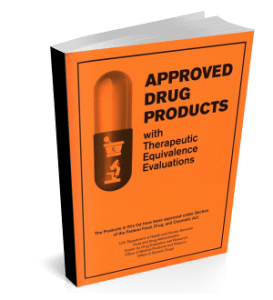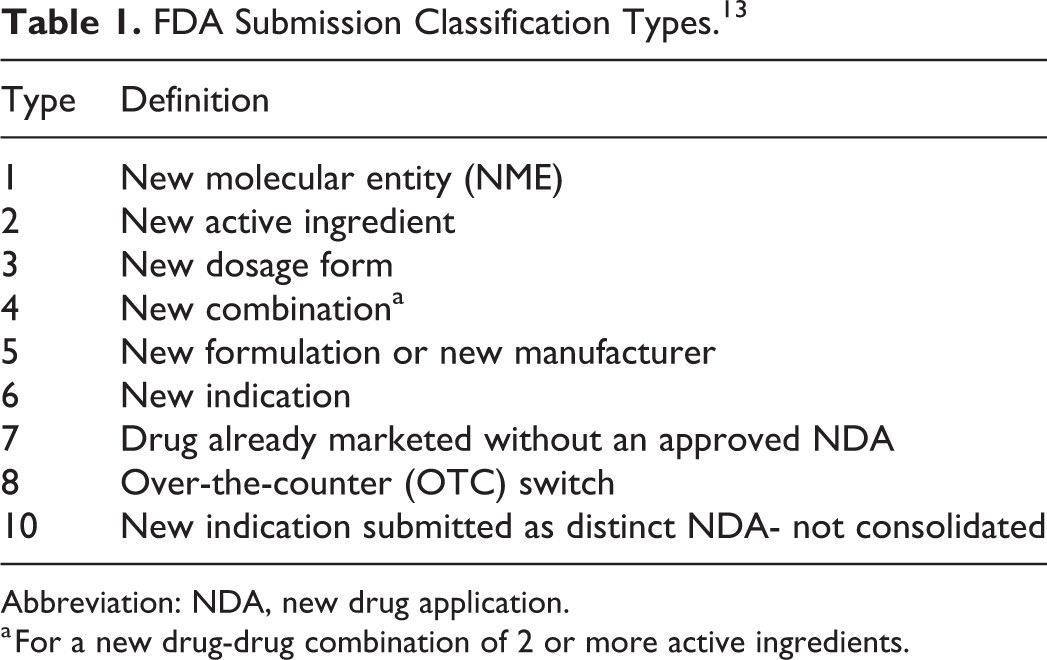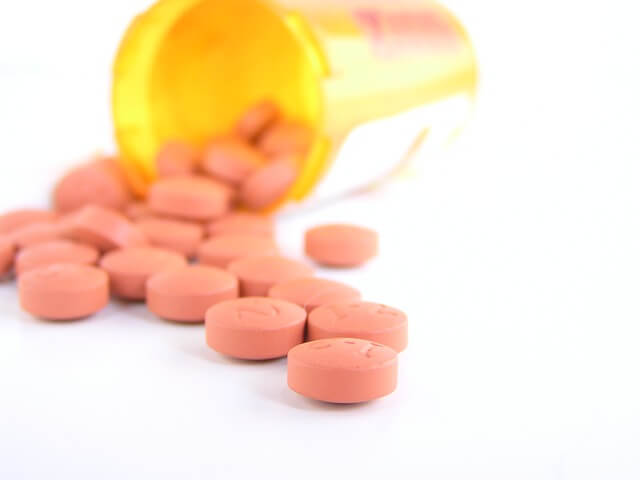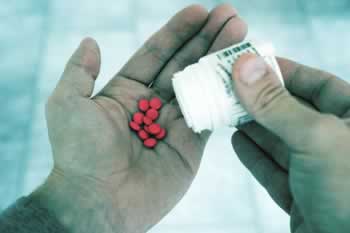 Officially known as Approved Drug Products With Therapeutic Equivalence Evaluations, the FDA Orange Book contains a list of drugs considered by the FDA as both effective and safe. It does not only contain drugs that are safe or approved, but also has a list of drugs whose efficacy or safety approval has been withdrawn. In addition, a drug that is being subjected to regulatory action will still be present in the Orange Book.
Officially known as Approved Drug Products With Therapeutic Equivalence Evaluations, the FDA Orange Book contains a list of drugs considered by the FDA as both effective and safe. It does not only contain drugs that are safe or approved, but also has a list of drugs whose efficacy or safety approval has been withdrawn. In addition, a drug that is being subjected to regulatory action will still be present in the Orange Book.
What Are The Key Benefits of the Orange Book?
- The Orange Book makes it easy for drug manufacturers to keep an eye on new generic medications that hit the market and infringe on their own patents. As a result, such businesses with patents on drugs that are approved by the FDA can easily find out if new generic versions are being made and sold.
- Consumers, doctors and drug manufacturers can view the expiration date of a drug patent and any other important details or market exclusivities.
- The Orange Book also highlights patent submission dates, so anyone can easily know when the drug was submitted for patent protection besides the date when the patent becomes effective. However, this information is available for drugs that got patents on or after 2013. For drugs patented before 2013, parties need to reach out to the FDA for precise patent submission dates.
- The patent submission date helps generic drug manufacturers know whether they can legally create and sell generic versions of a given drug. It also helps them to see whether the drug patent has passed the 30 month-mark ever since it became effective.
Here are 3 main reasons why having historic copies of the FDA Orange Book is useful:
- Search For Generic Equivalents, Drug Exclusivity, and Patents
The Orange Book PDFs can be downloaded online, which makes it easier for medical professionals as well as consumers to search for brand-name drugs to generic equivalents, drug exclusivity and drug patents. Both care providers and patients can see approved use for medicines and patent expiration dates for branded drugs. For instance, a quick search for Prozac, an anti-depressant drug, in the Orange Book shows that it is available in four dosage forms of different strengths, with all of them in the form of capsules that should be orally consumed. In addition, the Orange Book shows that the active ingredient of the drug is fluoxetine hydrochloride, that the capsules were approved in 1987, that the medicine is recommended for acute treatment in case of depression among adults, that a particular version of the capsule needs to be taken once a week, and that the patent on some forms of the medicine expired in November 2017.
A patient or doctor can then find out if there is a generic equivalent to a branded drug by doing an active ingredient search. For Prozac, for instance, one would search the Orange Book for the compound “fluoxetine hydrochloride” to find companies that produce generic versions of the drug. In order to market and sell a generic drug, the manufacturer must file an ANDA with the FDA, which requires that the manufacturer prove that the drug is bioequivalent to the branded version. The Orange Book lists all generic drugs if the ANDAs are approved.
- Help Attorneys Gain Historical Insights
The Orange Book allows attorneys to wade through, and gain historical insights from, patents and FDA-approved drugs. It contains information related to ANDAs, which includes patents covering a given drug besides the description of patented uses, also referred to as the drug’s “use code.”
DrugPatentWatch has downloadable PDF archives of the Orange Book, going back to the first edition in 1980 and capturing all the data that has appeared since. This has been seen by many law firms as a great achievement, since the newer Orange Book editions remove patents for expired patents. This unique library is valuable, comprehensive, and easy-to-use reference for ANDA lawyers.
- Help Generic Manufactures Determine Earliest Date When They Can Market New Drugs
The FDA updated the Orange Book on November 21, 2017 to include the date of submission of patent information by the NDA holder to the FDA. This helps generic manufacturers find the earliest date when they can market new generic drugs. The submission dates are listed in the section titled “Patent and Exclusivity Information,” where all pertinent information is available. The FDA has been collecting data on patent submission dates since 2013, and currently has approximately 4,000 patent records in their inventory.
In majority of cases, submission of patent information has to be done within 30 days of triggering an event like patent issuance, NDA approval, or an alteration that needs an update to the Orange Book listing. If the holder of the NDA doesn’t submit the patent information, a filer of ANDA is not entailed to address the patent that is listed late or patent certification. Before this update, the information of the submission date could only be accessed by contacting the staff at Orange Book. However, now an ANDA filer can have direct access to the submission dates, which helps them to easily find out patents for which they can abstain from submitting a Paragraph IV Certification, thereby loosening the burden from the staff.
Invest In The Electronic Orange Book
In addition to the comprehensive downloadable Orange Book library, DrugPatentWatch also extends the Orange Book with its dynamic platform of international business intelligence on biologic and small-molecule drugs. The business intelligence platform is revised daily and enables complex searches, email updates, and information in litigation, drug prices, and more. A preview is available at https://www.drugpatentwatch.com/p/ .
























